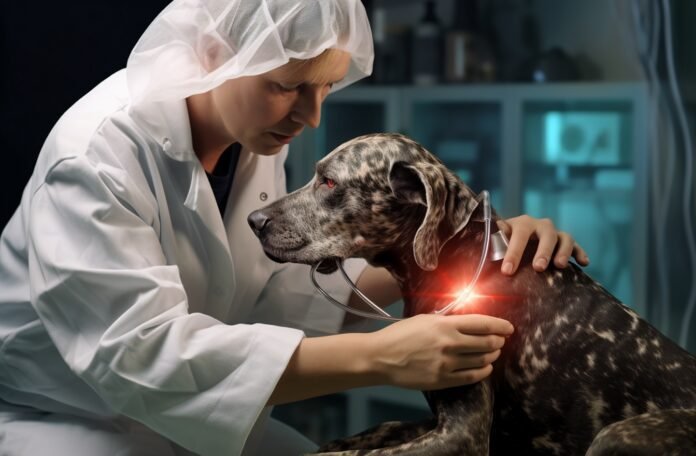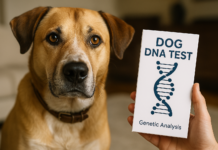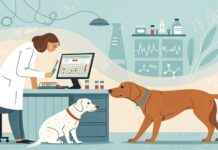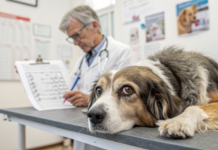Last Updated on July 23, 2023 by Dogs Vets
Choosing the Right Veterinarian: A Guide for Every Dog Owner
Your dog is not just a pet; it’s a cherished member of your family. Naturally, ensuring their optimal health and well-being is of the utmost importance.
Choosing the right veterinarian is a critical aspect of that care. Just as you’d take time selecting your own doctor, finding the best vet for your dog requires consideration and research.
In this guide, we’ll walk you through key factors you should keep in mind while selecting a vet for your canine companion. These guidelines can help you make an informed decision, ensuring your dog receives the best healthcare possible.
Factor in Location and Accessibility
While not the sole deciding factor, the location of the vet’s clinic is essential. In case of emergencies, you need to get your pet medical attention as quickly as possible.
Moreover, regular check-ups and treatments are easier when the clinic is conveniently located. For instance, a Polaris veterinarian would be an excellent choice for residents living in or around the Polaris neighborhood.
Consider the Vet’s Experience and Specialties
Does the vet have experience with your specific breed of dog? Some breeds may have unique health issues that a vet familiar with the breed could diagnose and treat more efficiently. Also, consider the vet’s specialties. If your dog has a specific health concern, it may be beneficial to find a vet who specializes in that area.
Assess the Clinic’s Facilities
Does the clinic have up-to-date facilities? Is it clean and well-maintained? It can be worthwhile to visit potential clinics to evaluate their facilities and equipment. Modern equipment and a clean environment are essential for providing quality healthcare services.
Availability and Emergency Services
Vets with flexible hours can accommodate your schedule and make regular check-ups more convenient. More importantly, they should have provisions for emergency cases. Check whether the clinic offers 24-hour emergency services or has a partnership with an emergency clinic.
Communication is Key
Your vet should be someone you can comfortably communicate with, as they need to clearly explain medical conditions, treatment options, and preventative care. They should be patient, open to questions, and able to provide explanations in understandable terms.
Observe their Interaction with Animals
Watch how the vet interacts with your dog and other animals. Are they gentle, patient, and kind? Do they seem to genuinely care for the animals? These traits can make vet visits less stressful for your dog and ensure they get the compassionate care they deserve.
Seek Recommendations
Lastly, don’t underestimate the power of recommendations. Ask friends, neighbors, or local dog groups for their trusted veterinarians. You can also read reviews and testimonials online.
Choosing the right vet is a significant decision for every dog owner. It requires careful consideration and a bit of research, but the effort is worthwhile.
By keeping these factors in mind, you can find a veterinarian, like a Polaris veterinarian, who will ensure your furry friend’s optimal health and happiness.
Remember, the best vet for your dog is someone who meets both your dog’s medical needs and your expectations for good communication and care.
Facts Check
We hope you enjoyed this article… What are your thoughts?
Please feel free to share this article!
e strive to provide the latest valuable information for pet lovers with accuracy and fairness. If you would like to add to this post or advertise with us, don’t hesitate reach us.
If you see something that doesn’t look right, contact us!

















